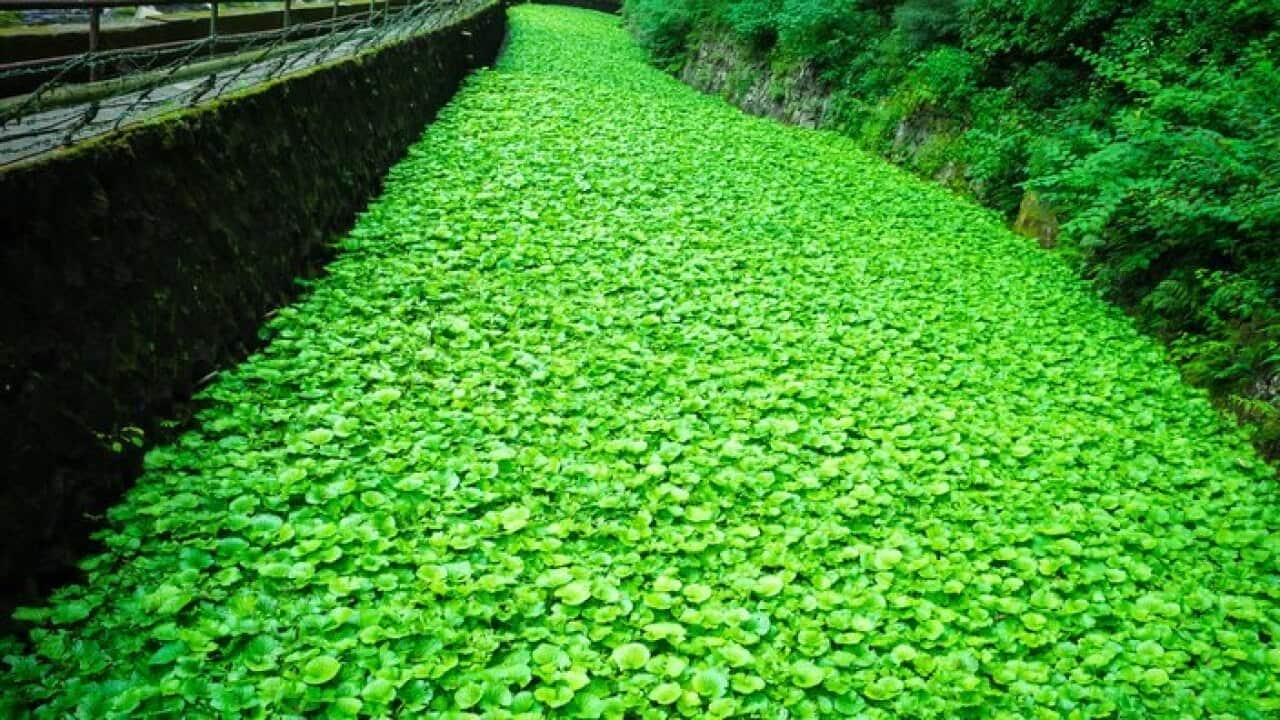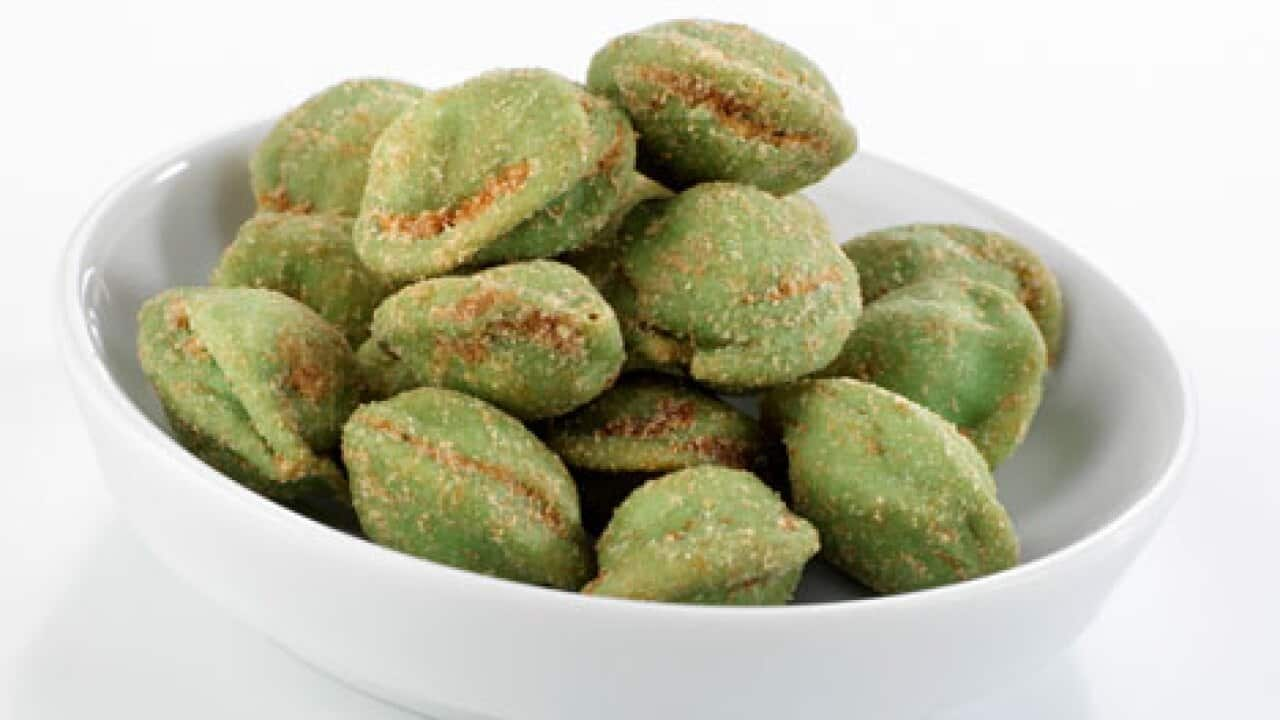One of the biggest scandals in recent food news has undoubtedly been that the wasabi we're eating at our local sushi joint is not likely to be real wasabi, but a horseradish-mustard-green food colouring concoction.
It's easy to be misled by a little mound of the lime-green imposter, as "real" wasabi – a gnarly-looking rhizome in the Brassica family (home also to the likes of watercress, kale, broccoli, radishes, Brussels sprouts, kohlrabi and mizuna) – is a somewhat elusive creature that few of us have laid eyes on. Outside Japan, it's only grown in a handful of places, and is not a supermarket regular by any means.
And it's this enigma of real wasabi that Justine Schofield, host of Justine's Flavours of Fuji, travels to the mountains of Shizuoka in Japan – aka the home of wasabi – to discover. Shizuoka is just 1½ hours by Shinkansen south-west of Tokyo. It's a lush, temperate prefecture that produces about 80% of Japan's wasabi.
Cook Justine's wasabi recipe

Lotus root chips with wasabi mayonnaise
The farm Justine visits, a 4th-generation organic wasabi farm, is one type of wasabi cultivation: a sprawling series of rocky waterbeds covered in a thick blanket of dark-green, heart-shaped leaves. The subterranean, subaquatic wasabi roots grow just out of sight. The climate is cool, as too much humidity can ruin an entire crop.
"You need a lot of water, freshwater, flowing through the roots, in order to get the best quality wasabi," says Justine.
Each root takes about a year to produce, and is then typically harvested by hand with a "kazusa", short, one-sided pickaxe. The gnarly stem is a tough little bugger to grow and labour-intensive to harvest, with market prices of around $20–$30 AUD (hence the booming industry for the fake stuff).
But the result is worth it.
"The flavour is earthy, mustard-like, but has a freshness to it," says Justine.
Real wasabi also doesn't have the same sinus-blast reflex wasabi is infamous for—it still has a kick, but it's more of a playful nudge.
Fresh wasabi is typically served by pureeing it, unpeeled, on a metal grater or wooden panel covered in shark skin, just before serving.
Accompanying sushi and sashimi with wasabi serves a purpose beyond just taste. It's known as a "yakumi", a medicinal condiment. Wasabi's natural antimicrobial properties help to provide a more sanitary experience when eating raw fish.
But it's culinary applications are definitely not limited to just raw fish. Wasabi can be used both as a condiment and a flavouring—the freshness cut through richer dishes, such as , and the herbaceousness brings a herbal element to creams, pastes, dips and sauces.
In Japan, "they're also having in delicious ice cream, serving it on the side with , and wasabi pickles," says Justine.
Chef Yotam Ottolenghi blends a little fresh wasabi with mascarpone and serves it as a cooling bed for a sweet-and-sour pile of cherry tomatoes and pine nuts and pickled shallots.
True to the ancient Japanese attitude of anti-waste (and if you're going to the enormous effort of wasabi cultivation, you want to make the most of it), the wasabi plant stems are also eaten, as are the leaves, and have a pungent, peppery flavour. Justine is served a little wasabi tasting set, with samples carefully prepared by the farmer's wife, showing the diversity of the plant: cream cheese with wasabi leaves; wasabi with miso; vinegar-pickled wasabi plant stems; avocado with cream cheese, soy sauce and wasabi.
Wasabi is grown in very few places outside Japan—lucky for us in Australia, Tasmania, is one of those few places.







